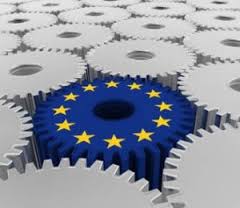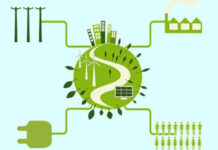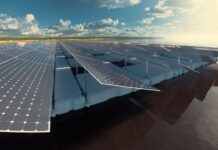
What are the necessary elements to unlock the market triggering a virtuous circle of the system? The doubt is between two priorities: the broadly distributed charging infrastructure or the mass sales of electric vehicles? There are different opinions which converge precisely in the industrial chain of origin. According to Nissan, the automobile manufacturer present during the debate, it is the consumer who may make a difference, by purchasing more cars for which the logistics of charging points should follow the market trend. In the opinion of some e-vehicle users in turn, the logistic difficulties related to charging do not favor light-hearted purchasing of a car the cost of which is higher in terms of the equivalent category of classic fuel- or even methane- or LPG-powered cars. Another question is: where should the charging infrastructure be located? In fact, there are stories of the networks covered by grass, due to insufficient maintenance and scarce logistic functionality.
In this aspect, the panelists proposed to think of gas stations as natural sites where electrical charging services should be located, due to the fact that the user is originally used to think of such places as intended for car fueling. What the distributors think about it is the fulcrum of what came up at the round table haled at the closing which was attended by representative of the Ministry of Infrastructure and Trasport Giampiero Di Muro, association ANIE with E-mobility Group with Gianluca Donato and the main distributors’ association: Stefano Cantarelli, ANISA Confcommercio; Roberto Di Vincenzo, Fegica CISL; Martino Landi, FAIB and Christian Tucciarone, Autostrade per l’Italia.
The perplexities of the distributors’ associations present may be summed up in two main perplexities: those related to the costs of service and the proper logistics. To be more precise, the cost of activation of a similar service for the fuel network currently faces a crisis and being often constrained to close, may constitute uncomfortable conditions for the entire field which is critical to the fuel station. De Martino actually underlined how the electrical power may be an opportunity for the network, which yet does not leave aside its rationalization: “Perhaps by rendering it more modern.” The logistics’ point of view, considered low profitability of infrastructure and the difficulties in choosing the charging points do not leave a great deal of open opportunities. Above all the real quid appears to be the difficulty in bringing together different needs, as underlined by Di Vincenzo: “When we are all talking at one table we agree with each other. In fact, we have seen it also through the transition related to the lead free petrol; until the State does not take a clear position with obligations, sanctions and deadlines nothing will happen;” suggesting a similar approach also for the electrical power. Also in the aspect of scarce simplification connected with the management of an e-vehicle was a point discussed by the round table, and to what extent, as pointed out by Cantarelli, the management of an e-vehicle currently implies difficulties in uses, if we think of the logistics of charging and legislations.
Tucciarone of Società Autostrade reaffirmed this fact underlining that the lack of immediate creation of a charging point within its own network. Mario De Martino of Nissan Italia emphasized thus how the provision of charging infrastructure should be thought of, above all with respect to the market. Another doubt that comes up concerns the payment methods that the Ministry underlined how it should tend, as set forth in the National Plan, to become as open and available as possible.
Finally, the matter of costs. The range of excise taxes on power charging was also a point related to the debate, which for the government will definitely constitute a risk related to the entire tax collection for the national treasury. The tax revenue of which no State would like do without, without thinking of another way to recover the loot.
Di Muro underlined how the plan is postponing the use of models, defining as priority a broader concept of mobility, centering on optimal conditions for the gas station designing. In turn, as for the energy saving, useful to plug the funds in the red of the distributors by introducing SEU and renewables, the part of which is also electric power charging at the stations, in which De Vincenti, when asked directly, was interested, but in the context of the panel, the subject seems to be slipping away by the previous positions which are impervious to the logistic-related efficiency.
The fulcrum is thus again the communication among different actors, from the DSOs to the manufacturers of columns, to the vehicles, the distributors, and their approach which, if compared, my also lead to working out a profitable solution to all the players of the game.
Per ricevere quotidianamente i nostri aggiornamenti su energia e transizione ecologica, basta iscriversi alla nostra newsletter gratuita
e riproduzione totale o parziale in qualunque formato degli articoli presenti sul sito.


















